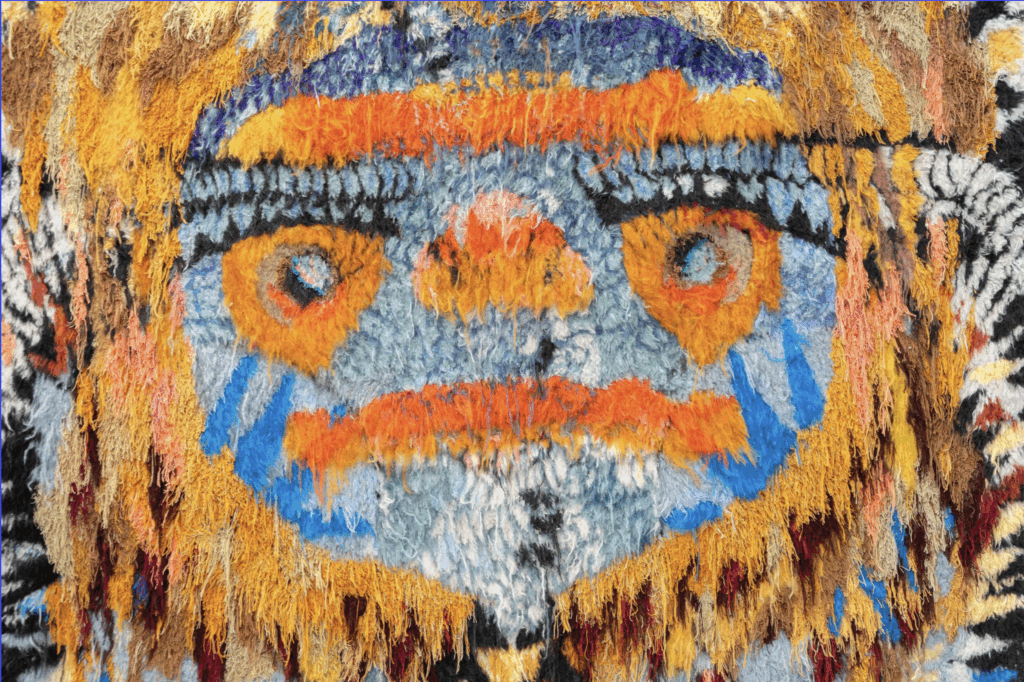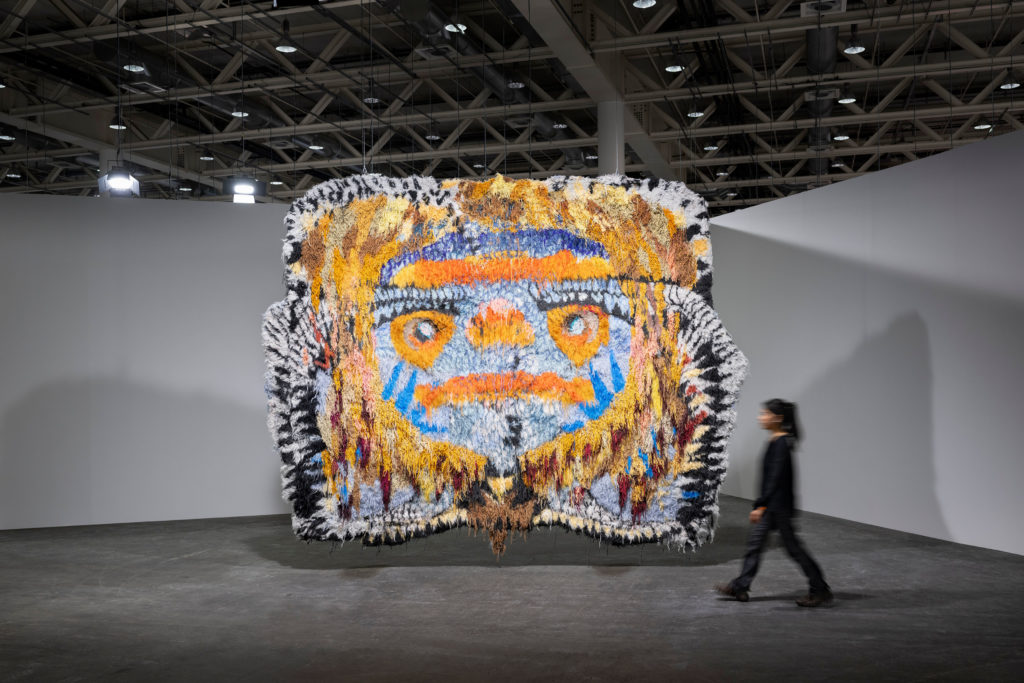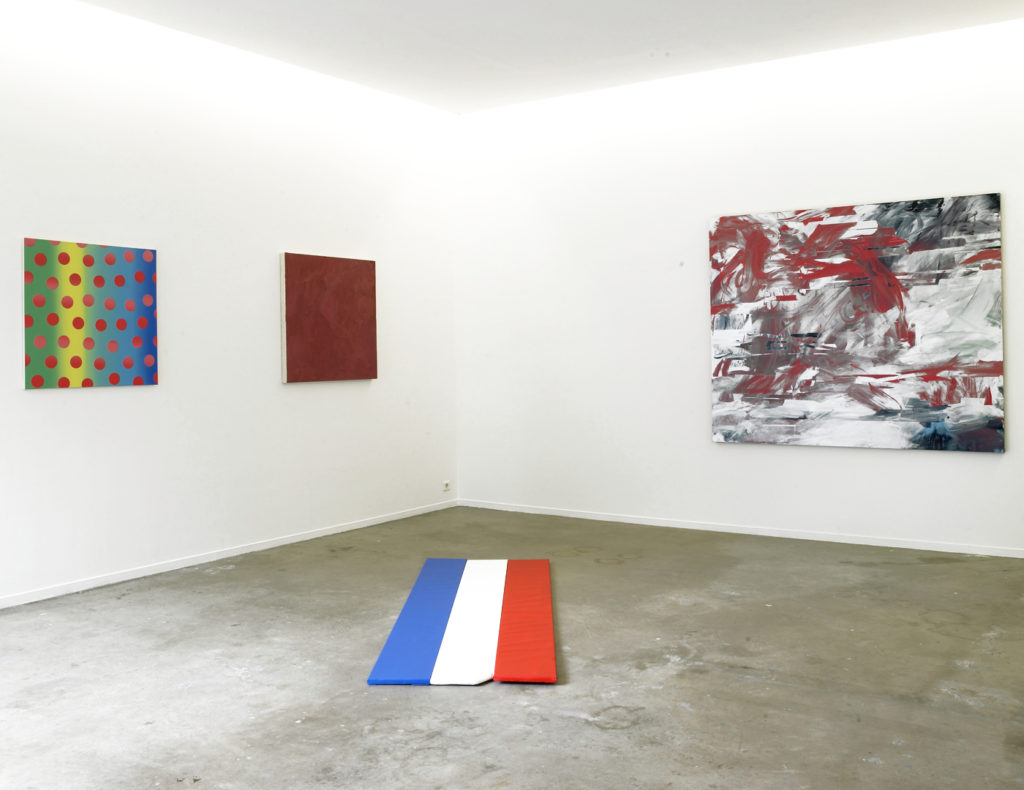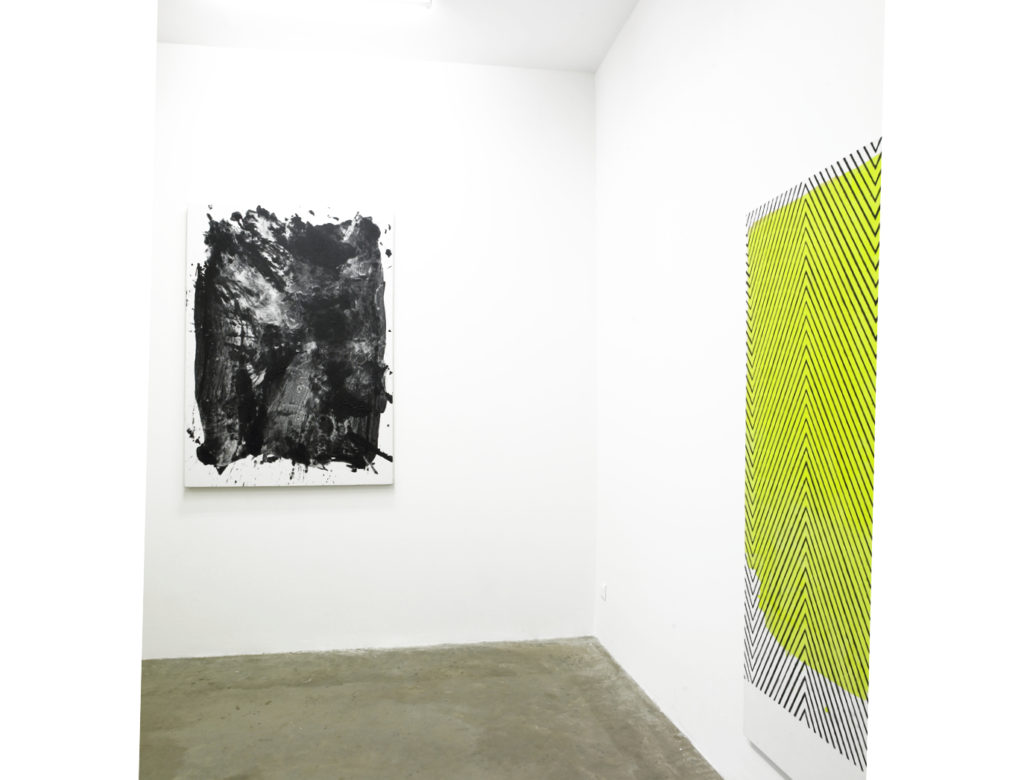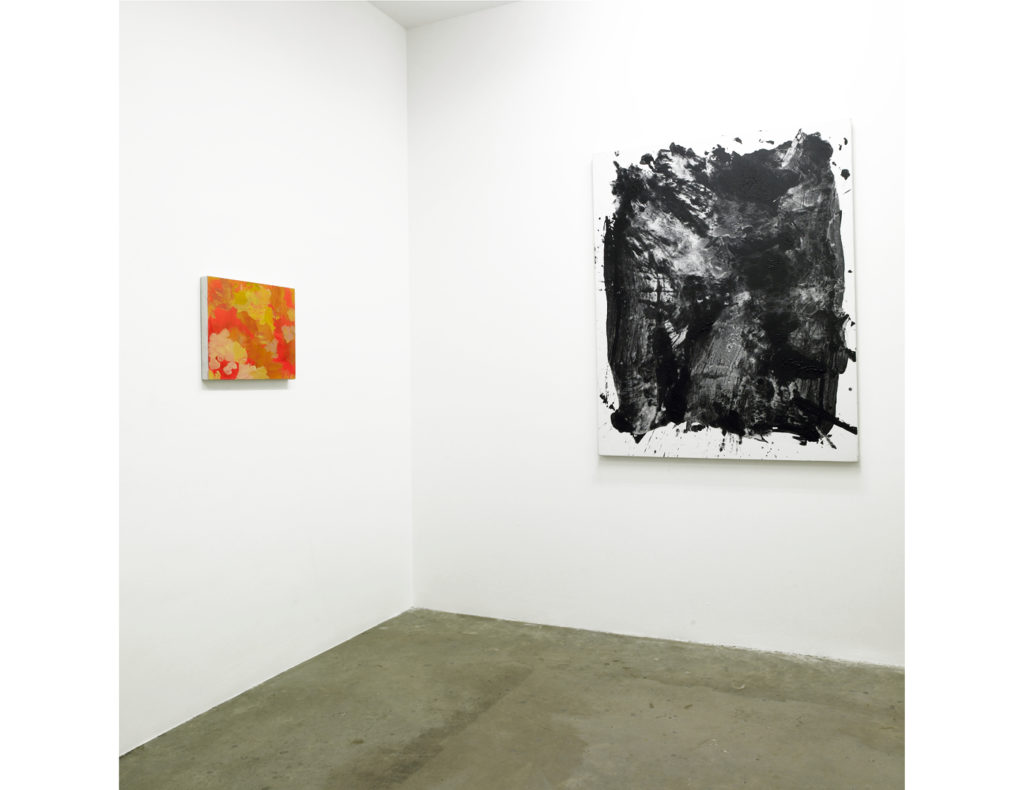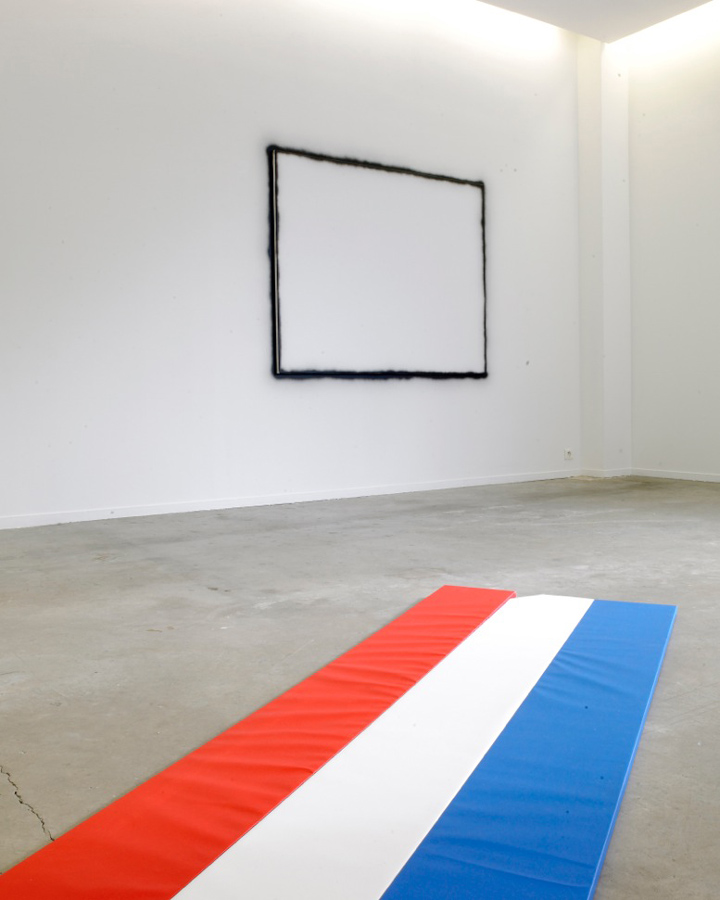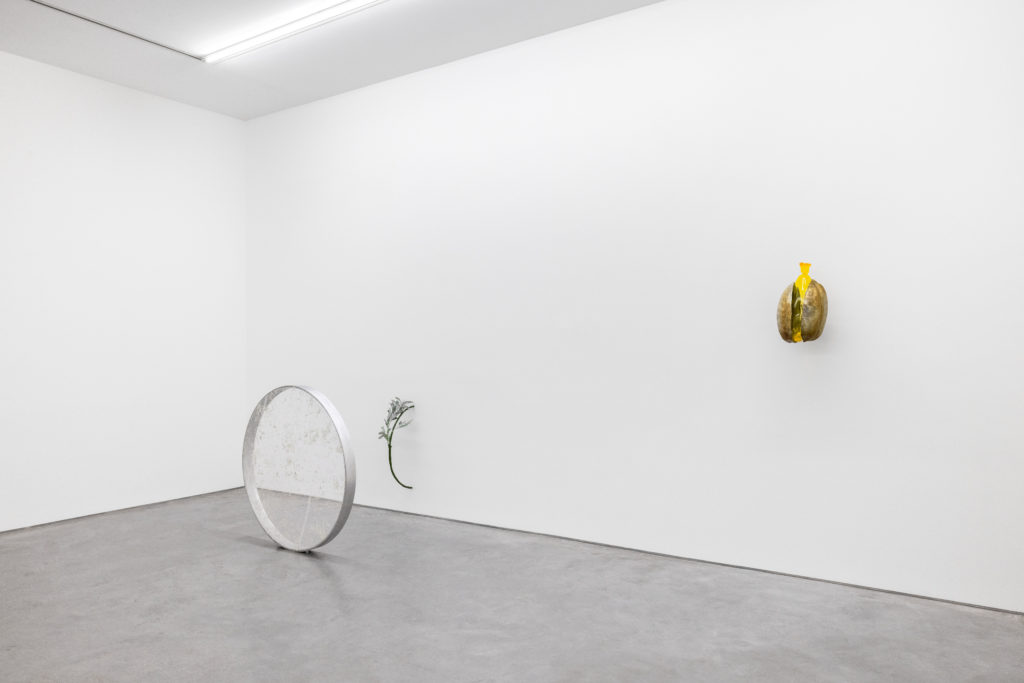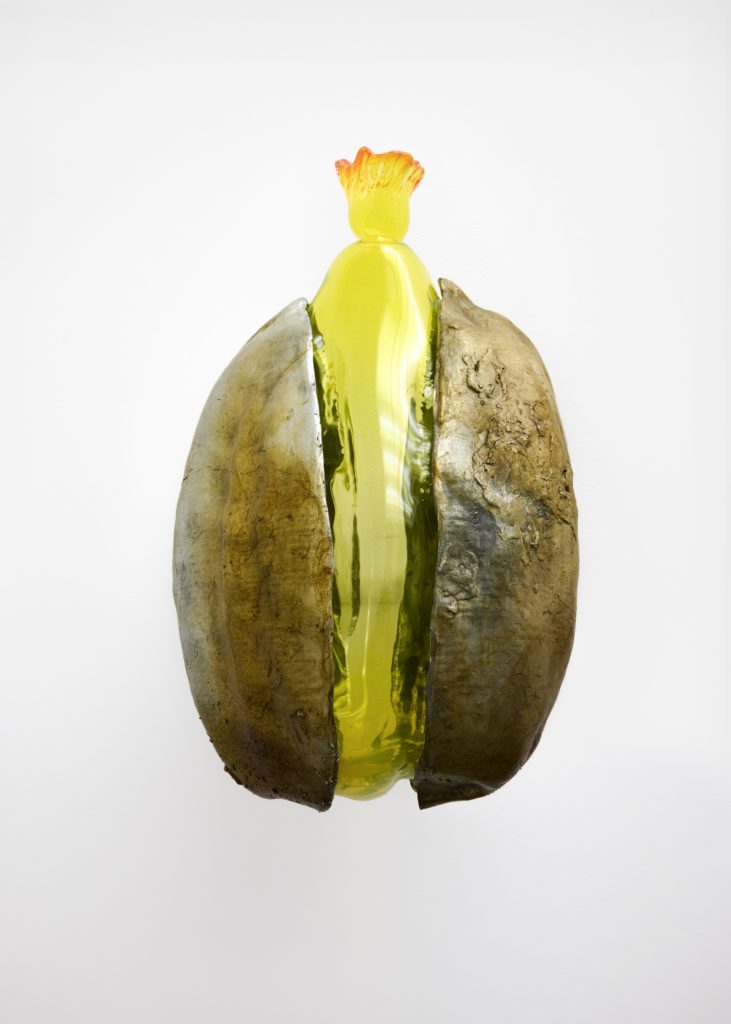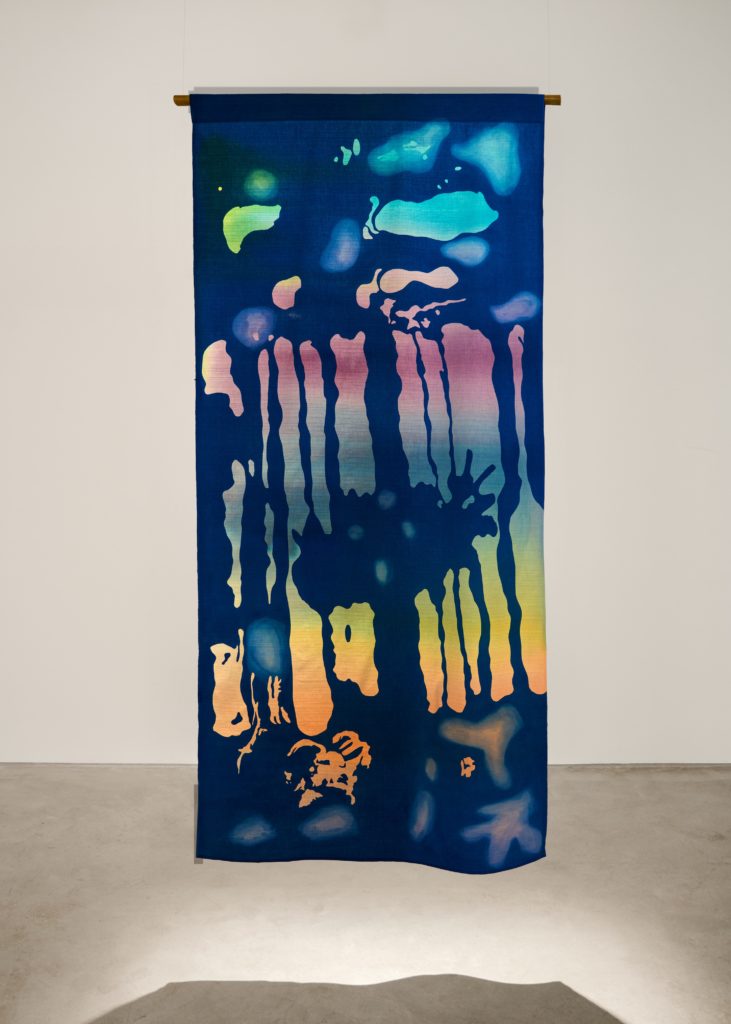
Le Portique presents the exhibition Blue Oyster Cult…
If the title is a reference to the legendary 70s American band, also known by the acronym BÖC, it also evokes one of Richard Fauguet’s favorite materials… the oyster shell. The artist’s work is expressed in a variety of media: drawings, collages, rubbings, sculptures and more. Nourished by art history and subculture, his work delights in mixing references borrowed from various worlds, creating a singular and often offbeat dialogue. His vast and original output is reflected in this exhibition in Le Havre.
“I start from the familiar to move things around and produce rapid associations that give rise to collages. This produces pieces, sculptures, drawings or a collection of things that may seem formally quite different from one another, but in reality are not so different.”
